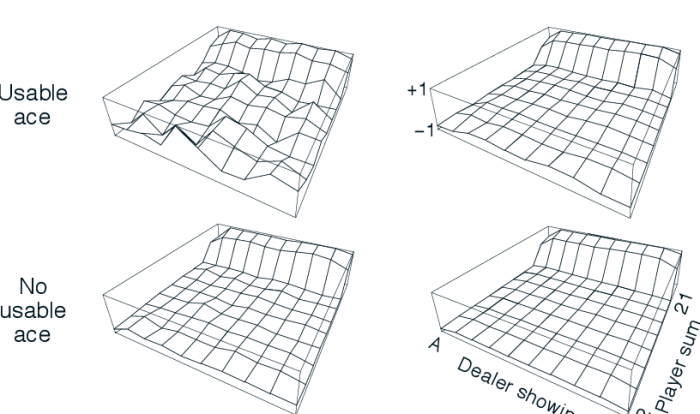The Net Force and Acceleration Worksheet provides an interactive and comprehensive exploration of the fundamental concepts of force and motion. This worksheet guides learners through the relationship between net force, mass, and acceleration, empowering them to analyze and solve real-world problems involving motion.
By delving into Newton’s Second Law of Motion, students gain a deeper understanding of how external forces influence the motion of objects. The worksheet presents practical applications of net force and acceleration, demonstrating their relevance in diverse fields such as physics, engineering, and sports.
Definition of Net Force and Acceleration: Net Force And Acceleration Worksheet
Net force refers to the cumulative force acting on an object when multiple forces are applied simultaneously. It determines the object’s acceleration, which is the rate at which its velocity changes over time.
The relationship between net force, mass, and acceleration is expressed by Newton’s second law of motion:
F = ma
Where:
- F is the net force acting on the object (in newtons)
- m is the mass of the object (in kilograms)
- a is the acceleration of the object (in meters per second squared)
Newton’s Second Law of Motion
Newton’s Second Law of Motion establishes the relationship between an object’s mass, the net force acting upon it, and the resulting acceleration. It is a fundamental law in classical mechanics that describes how external forces influence the motion of objects.
The law states that the acceleration of an object is directly proportional to the net force acting on it and inversely proportional to its mass. Mathematically, it can be expressed as:
Fnet= ma
Where:
- F netis the net force acting on the object in newtons (N)
- m is the mass of the object in kilograms (kg)
- a is the acceleration of the object in meters per second squared (m/s 2)
The significance of Newton’s Second Law lies in its ability to predict the motion of objects under the influence of external forces. It provides a quantitative framework for understanding how forces affect acceleration and, consequently, the velocity and displacement of objects.
Examples of Newton’s Second Law in Real-Life Situations
Newton’s Second Law finds practical applications in numerous real-life scenarios, including:
- Rocket Propulsion:Rockets operate based on Newton’s Second Law. The thrust generated by the expulsion of exhaust gases creates a net force that propels the rocket forward.
- Car Acceleration:When a car accelerates, the engine exerts a net force on the vehicle, causing it to accelerate. The greater the force applied, the higher the acceleration.
- Bungee Jumping:As a bungee jumper falls, the elastic cord stretches and exerts an upward force that opposes gravity. This net force slows down the jumper’s descent, eventually bringing them to a stop.
Solving Problems Involving Net Force and Acceleration
Solving problems involving net force and acceleration requires a systematic approach. By following a step-by-step process, you can ensure accuracy and clarity in your solutions.
Steps in Solving Net Force and Acceleration Problems
- Identify the givens and the unknown.
- Draw a free body diagram of the object(s) involved.
- Apply Newton’s second law of motion (F = ma) to each object.
- Solve the resulting equations for the unknown(s).
Practice Problems
Problem 1:A 20 kg box is pushed across a frictionless floor with a force of 100 N. What is the acceleration of the box? Solution:
- Given: m = 20 kg, F = 100 N
- Unknown: a
- Applying Newton’s second law: F = ma
- 100 N = 20 kg – a
- a = 5 m/s 2
Problem 2:A car of mass 1000 kg is traveling at a speed of 20 m/s. The driver applies the brakes, causing the car to decelerate at a rate of 5 m/s 2. What is the net force acting on the car? Solution:
- Given: m = 1000 kg, v = 20 m/s, a = -5 m/s 2
- Unknown: F
- Applying Newton’s second law: F = ma
- F = 1000 kg – (-5 m/s 2)
- F = -5000 N
Applications of Net Force and Acceleration
The principles of net force and acceleration find practical applications in various fields, including physics, engineering, and sports.
Physics
- Calculating the motion of objects in free fall, such as a dropped ball or a skydiver.
- Determining the forces acting on objects in circular motion, such as a satellite orbiting Earth.
- Analyzing the forces and accelerations involved in collisions, such as car accidents or billiard ball impacts.
Engineering
- Designing vehicles and aircraft to achieve optimal acceleration and performance.
- Calculating the forces and stresses on structures, such as bridges and buildings, to ensure stability.
li>Developing rockets and spacecraft to overcome gravity and achieve space travel.
Sports, Net force and acceleration worksheet
- Analyzing the forces and accelerations involved in athletic movements, such as running, jumping, and throwing.
- Designing sports equipment, such as golf clubs and tennis rackets, to optimize performance.
- Improving training techniques to enhance athletes’ speed, power, and agility.
Question Bank
What is net force?
Net force refers to the total force acting on an object when all individual forces applied to it are combined. It determines the acceleration of the object.
How is acceleration related to net force and mass?
Acceleration is directly proportional to net force and inversely proportional to mass. This relationship is expressed by Newton’s Second Law of Motion: F = ma, where F is net force, m is mass, and a is acceleration.
What are some practical applications of net force and acceleration?
Applications include designing vehicles, calculating projectile trajectories, analyzing sports performance, and understanding the motion of celestial bodies.
